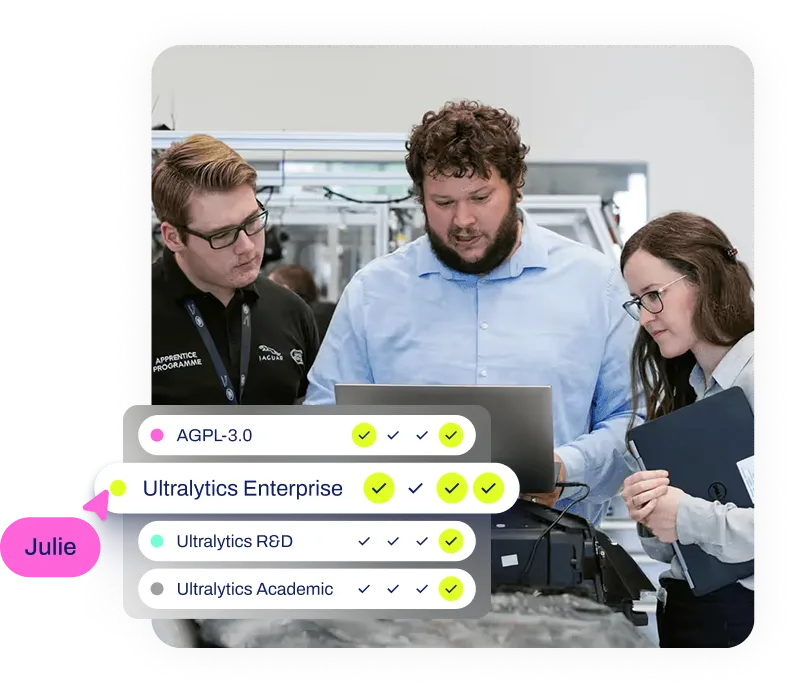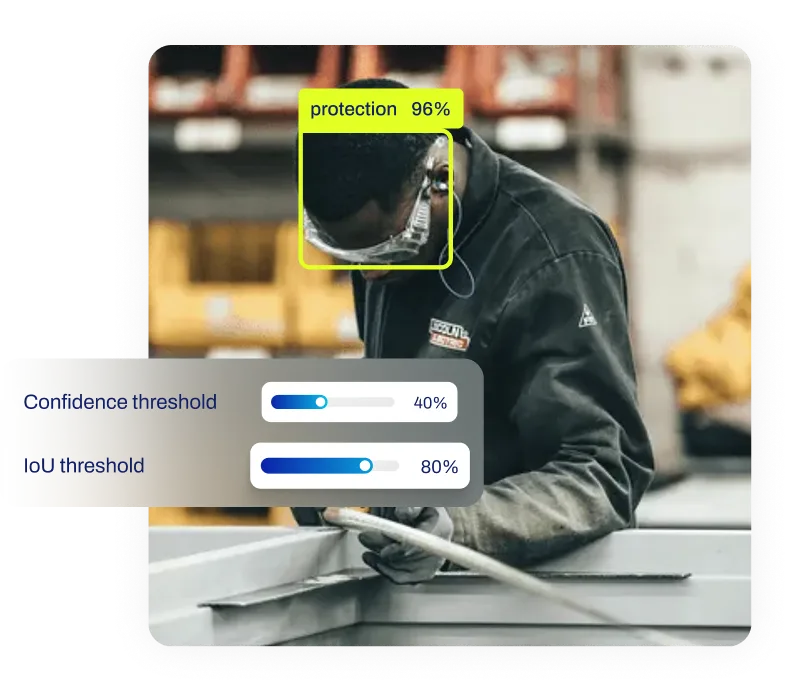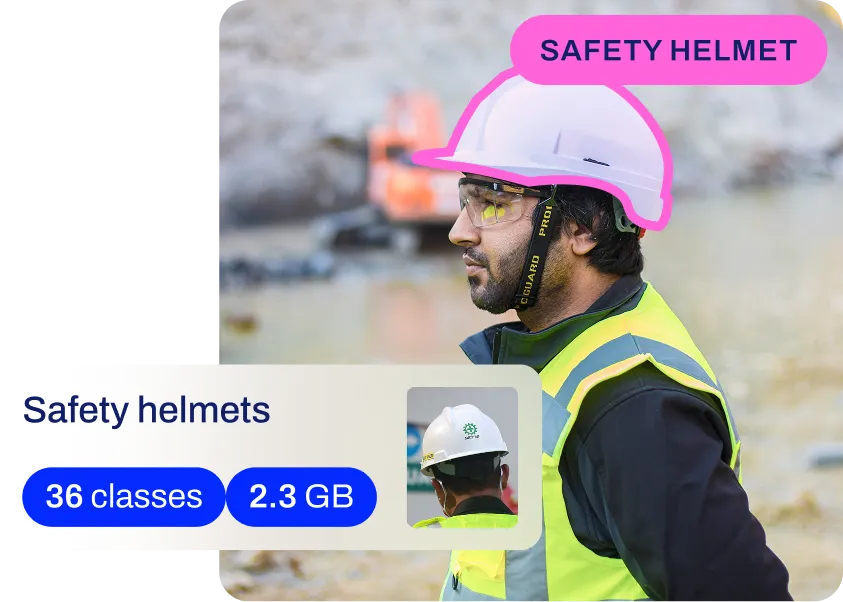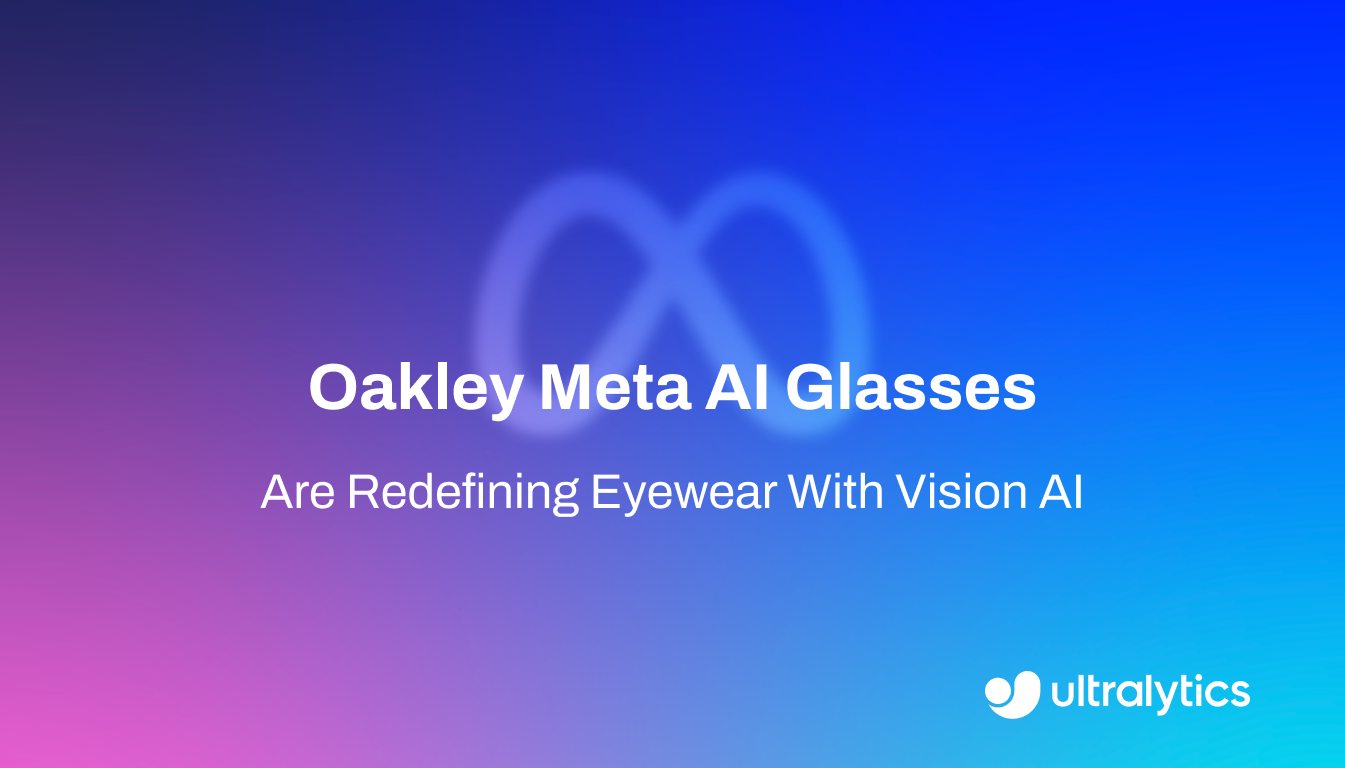Instance Segmentation
Discover how instance segmentation refines object detection with pixel-level precision, enabling detailed object masks for AI applications.
Instance segmentation is a sophisticated
computer vision (CV) technique that identifies,
localizes, and delineates individual objects within an image at the pixel level. Unlike
object detection, which approximates an object's
location with a rectangular bounding box, instance
segmentation generates a precise mask that outlines the exact shape of each distinct object. This granular level of
detail allows systems to distinguish between multiple instances of the same class—such as separating two overlapping
cars or individual people in a crowd—making it a critical component in advanced
artificial intelligence (AI)
applications.
Difference from Related Tasks
To fully understand instance segmentation, it is helpful to compare it with other fundamental
computer vision tasks:
-
Semantic Segmentation: This task classifies every pixel in an image into a category (e.g., "sky," "road,"
"person") but does not differentiate between individual objects. All pixels belonging to the
"car" class are grouped together, meaning it cannot distinguish one car from another.
-
Object Detection: This task detects the presence and location of objects, enclosing them in bounding boxes. While it distinguishes
between individual instances (e.g., Car A vs. Car B), it does not capture their shape or boundaries.
-
Panoptic Segmentation: This combines the best of both worlds, assigning a class label to every pixel (semantic) while uniquely
identifying individual object instances (instance), providing a comprehensive scene understanding.
Instance segmentation effectively merges the localization capabilities of object detection with the pixel-level
precision of semantic segmentation.
How It Works
Instance segmentation models generally employ
deep learning (DL) architectures, specifically
Convolutional Neural Networks (CNNs), to extract features from an image. The process typically involves two parallel steps:
- Localization: The model predicts the class and bounding box coordinates for each object.
-
Mask Generation: Simultaneously, the model predicts a binary mask within the detected region,
determining exactly which pixels belong to the object.
Early approaches like Mask R-CNN utilized a two-stage process, first
generating region proposals and then refining them. Modern architectures, such as
Ultralytics YOLO11, have revolutionized this by performing
detection and segmentation in a single stage. This enables
real-time inference, making it possible to
segment objects in live video streams with high speed and accuracy.
Real-World Applications
The precise boundary detection offered by instance segmentation is indispensable across various industries:
-
Medical Image Analysis: In healthcare, identifying the exact volume and shape of anomalies is vital. Instance segmentation is used to
delineate tumors in MRI scans or count
individual cells in microscopy, aiding in precise diagnosis and treatment planning.
-
Autonomous Vehicles: Self-driving cars utilize this technology to understand complex road scenes. By training on datasets like
Cityscapes, vehicles can distinguish between drivable road
surfaces, pedestrians, and other vehicles, ensuring safe navigation even in crowded environments.
-
Precision Agriculture: Farmers use segmentation to monitor crop health. Robots equipped with vision systems can identify individual
weeds among crops for targeted herbicide application or guide robotic arms to harvest fruits like strawberries by
recognizing their exact contours.
-
Robotics: For a robot to interact with its environment, such as grasping a specific object from a bin, it must understand
the object's orientation and shape. Instance segmentation provides the geometric data needed for successful
manipulation.
Implementing Instance Segmentation
Developers can easily implement instance segmentation using the ultralytics Python package. The library
supports YOLO11 models pre-trained on the
COCO dataset, which can detect and segment 80 common object categories out of
the box.
Here is a concise example of how to load a model and run segmentation on an image:
from ultralytics import YOLO
# Load a pre-trained YOLO11 instance segmentation model
model = YOLO("yolo11n-seg.pt")
# Run inference on an image
# The model predicts classes, boxes, and masks simultaneously
results = model.predict("https://ultralytics.com/images/bus.jpg")
# Visualize the results with masks plotted
results[0].show()
For users looking to apply this to their own data, the framework supports
training on custom datasets, allowing the model to learn new
classes specific to niche applications.












